Description
Highbush Blueberry Tree – 1 Yr Old Seedling
Overview
The Highbush Blueberry (Vaccinium corymbosum) is a versatile deciduous shrub that produces delicious, nutrient-rich berries and offers year-round ornamental value. Perfect for home gardens, orchards, and even container planting, it combines productivity with beauty. Its lush foliage turns fiery red and orange in the fall, making it an attractive landscape addition beyond its fruiting season.
Native Range
Highbush Blueberry is native to North America, thriving in areas with acidic, well-drained soils. Found in wetlands, forests, and open fields, it is highly adaptable to various climates and growing conditions.
Growth and Form
- Height: Reaches 6–12 feet at maturity, depending on growing conditions.
- Spread: Typically grows 4–6 feet wide, forming a dense, upright shape.
- Growth Rate: Moderate, with 12–18 inches of annual growth under optimal conditions.
- Foliage: Glossy green leaves transform to vibrant shades of red and orange in the fall.
- Flowers: Delicate, bell-shaped white to pale pink blooms in spring.
- Bark: Smooth, grayish-brown bark offers subtle winter interest.
Ecological Benefits
- Wildlife Habitat: Provides food for pollinators like bees in spring and attracts birds and small mammals with its berries in late summer and fall.
- Soil Improvement: Thrives in acidic soils, often contributing to overall soil health in the surrounding area.
- Biodiversity Support: Encourages ecological balance by serving as a food source for various species.
Hardiness and Climate Tolerance
- Hardiness Zones: 3–8, making it suitable for both cold northern climates and milder regions.
- Cold Tolerance: Highly resistant to frost, able to survive temperatures as low as -35°F (-37°C).
- Heat Tolerance: Performs well in moderate heat but requires consistent moisture in warmer climates.
Planting and Care
- Planting Location: Full sun to partial shade, with at least 6 hours of sunlight daily for optimal fruit production.
- Soil Preparation: Prefers well-drained, acidic soil (pH 4.5–5.5). Add sulfur or acidic compost if necessary to lower soil pH.
- Watering: Maintain consistently moist soil, especially during the growing season. Mulch around the base to retain moisture.
- Pruning: Light pruning in late winter or early spring to remove dead or weak branches and promote healthy growth.
- Fertilization: Apply an acid-specific fertilizer in early spring and again after harvest.
Potential Problems
- Pests: Occasionally affected by aphids, spider mites, or Japanese beetles. Inspect plants regularly and treat infestations as needed.
- Diseases: Susceptible to fungal diseases like root rot in poorly drained soils. Proper soil preparation and care minimize these risks.
- Deer: Deer may browse young plants, so protect seedlings in high-deer areas.
Uses
- Edible Landscapes: Ideal for backyard gardens or orchards, providing fresh berries for eating, baking, or preserving.
- Ornamental Value: Striking fall foliage makes it an excellent addition to mixed borders or as a specimen plant.
- Wildlife Planting: Enhances habitats for pollinators and wildlife, offering ecological benefits in naturalized or rewilded areas.

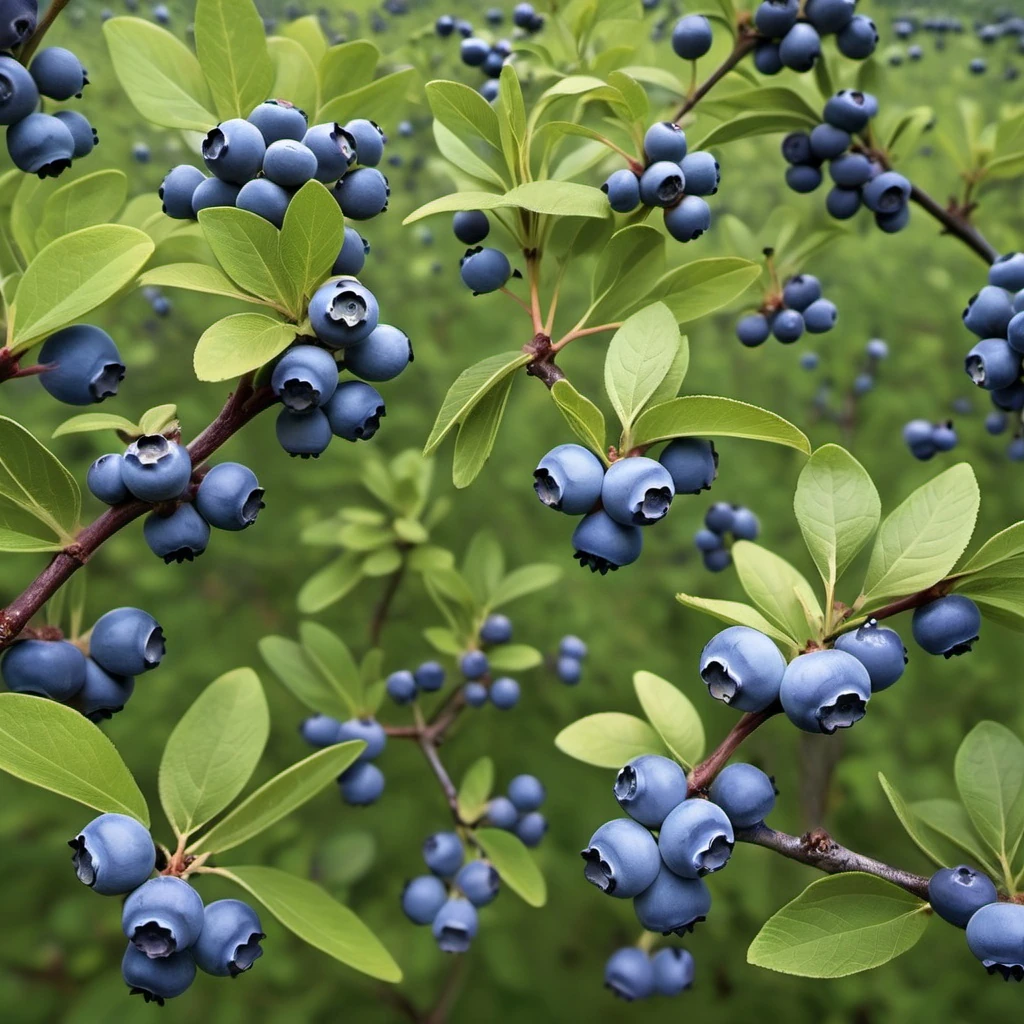
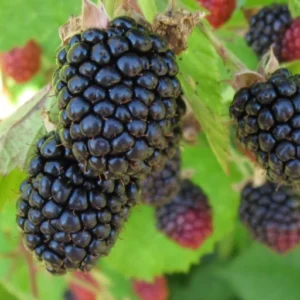
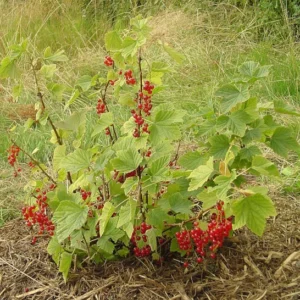
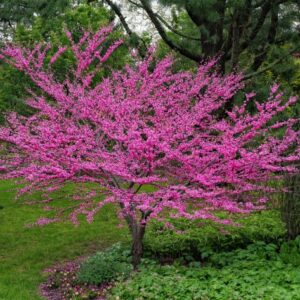
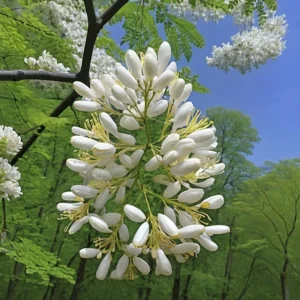
Reviews
There are no reviews yet.